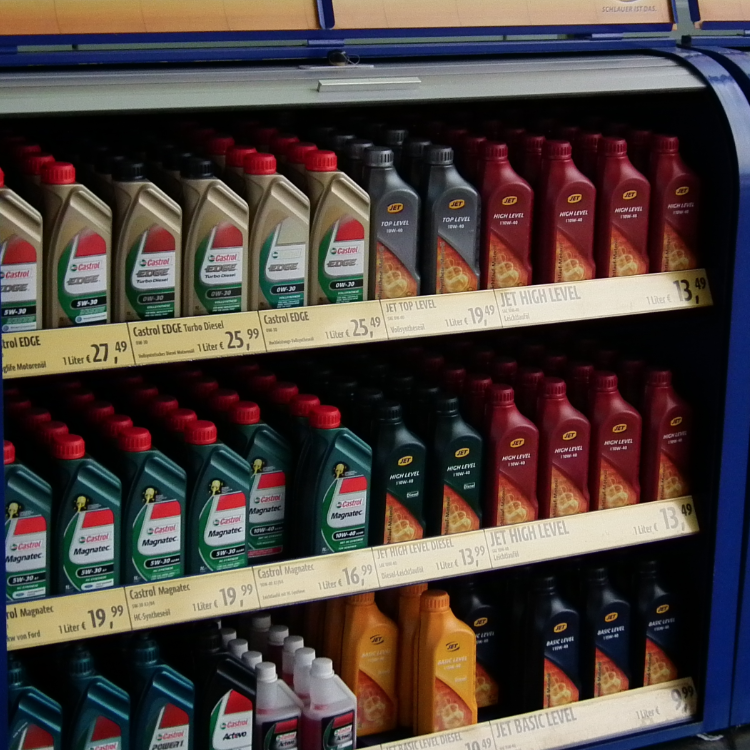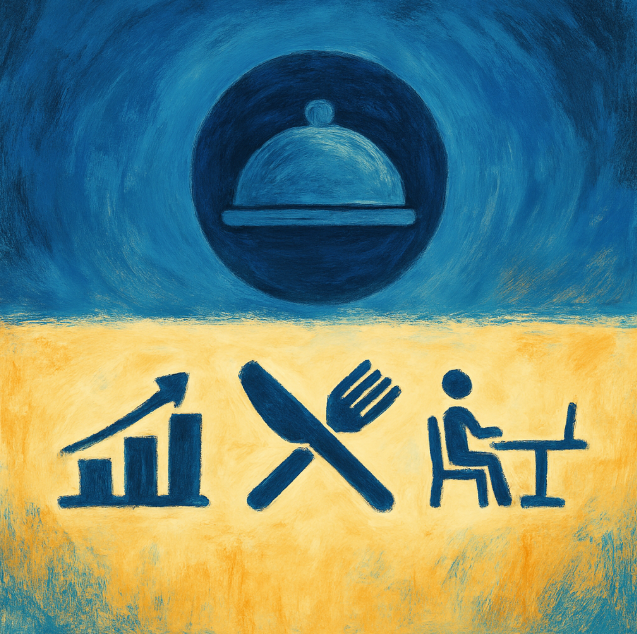"Price is what you pay. Value is what you get" - Warren Buffett
Calculating how much a business is worth is a complex financial subject which is difficult to cover in one article. In this article, let us look at the basics of valuation and what are the typical methods and drivers for valuation of a business. To begin with, it is first important to understand the reason behind why one would like to value a business. There are several reasons why one would like to know a business’ worth, including –
1) to raising capital from investors
2) to sell the business
3) regulatory and tax related requirements
4) applying for a business loan
What does the valuation of a business depend on?
Valuations are very subjective and different people (or entities) would assign different values to the same business and they perceive different future cash flows and synergies. Here are the primary drivers of valuation of a business –
- Revenue, profits and cash flow - Businesses need to make cash profits and that’s what drives most of the valuation of the business. Having strong revenues with profits is essential to having a good valuation for your business. Sustainable profit (The average of the profits of the previous 3 years, adjusted with non-business expenditures and accounting for a market salary for the business owner) is a key indicator of how well a business is performing.
- Company assets - All companies have both tangible and intangible assets which are important to know how much a business is worth. While valuing tangible assets is easy, intangible assets (like goodwill) are slightly more complex to put a price on. Any goodwill and brand value a business commands should reflect in its revenue and profits.
- Moat (or competitive advantage) - An important benchmark for a business is it’s ‘moat’ or competitive differentiator. What’s unique about this business that would make it survive and thrive against the competition? If you own a nice Italian restaurant, why can’t someone else open a new one opposite to yours to steal all your business?
Some great differentiators could be having a trademark or a patent on your product, having a team that has been well trained to handle customers, customer loyalty, etc.
- Market conditions and Macro Economic sentiment - Though it’s not something a business owner can control, the overall conditions of the market and prospects of the economy in the country affect the valuation of the business as well.
Methods to find how much a business is worth
There’re a few tried and tested methods that can help ascertain the true worth of a business. These are explained briefly below:
- Revenue multiplier - In this method, you need to find out the annual revenue of business and multiply it with a “Sales Multiple” and arrive at a valuation for the business. For example, if the sales multiple is 1.5x, a business with $100,000 revenue would be valued at $150,000. The multiplier value depends on the market segment and recent acquisitions in that market. Though it’s an easy method, it may not be accurate as revenue alone doesn’t indicate capacity to make future profits.
- EBITDA multiplier - This method is more commonly used among investment bankers as EBITDA indicates the operational profits of the company. To calculate EBITDA of the business add back Interest, Tax, Depreciation & Amortization and any other non-operational expenses to the profits of the company. Multiply EBITDA with the “EBITDA multiple” to arrive at the valuation of the business. Apart from the above two multiples there are several other multiples which can be used to arrive at valuations for a business, the key is to identify the key drivers of value for a business.
- Asset based valuation - All assets held by the business are valued independently, and summed up to arrive at the valuation of the business. Tangible assets could include inventory, real estate, machine/tools, etc. and intangible assets include customer loyalty, brand awareness, patents, etc. Intangible assets should be valued based on the potential to generate immediate future cash flows.
- Discounted cash flow - DCF is one of the most fundamental methods of valuation which most valuation experts swear by. Cash flow projections over the next few years are chalked out and this future cash flow is discounted against borrowing and interest rates, to arrive at the net present value of the business. In simple terms, how much money would you have to pay now to earn the projected cash flows in the years to come? This is a complex method to carry out as you’d need to have an acute sense of understanding of how the business is expected to perform over the next few years, as every small change in the market (like supplier increasing price) will affect the cash flow projections. Having said that, this is one of the most widely used methods of valuing a company.
- Expected ROI - A simple way to value a business is to see the return on investment provided by the business and arrive at a valuation. Small businesses typically provide returns of 15-30% on the capital invested, so if you’re buying a business with a post-tax profit of $100,000, you can value it at $500,000 if you’re looking at a 20% ROI per year. Though this method is simple to use, this might not entirely be accurate and is used only upon a sale event when a potential buyer wants to make an offer.
It is a good practice for entrepreneurs to know how much their business is worth. When they’ve worked so hard to build something valuable, it makes sense to assign a dollar value to the same. It’s highly recommended that entrepreneurs work with the valuation experts and auditors to figure out what’s the best method to value their business, and keep it updated at all times. You can use our online valuation tool to quickly assess your company’s valuation here









































